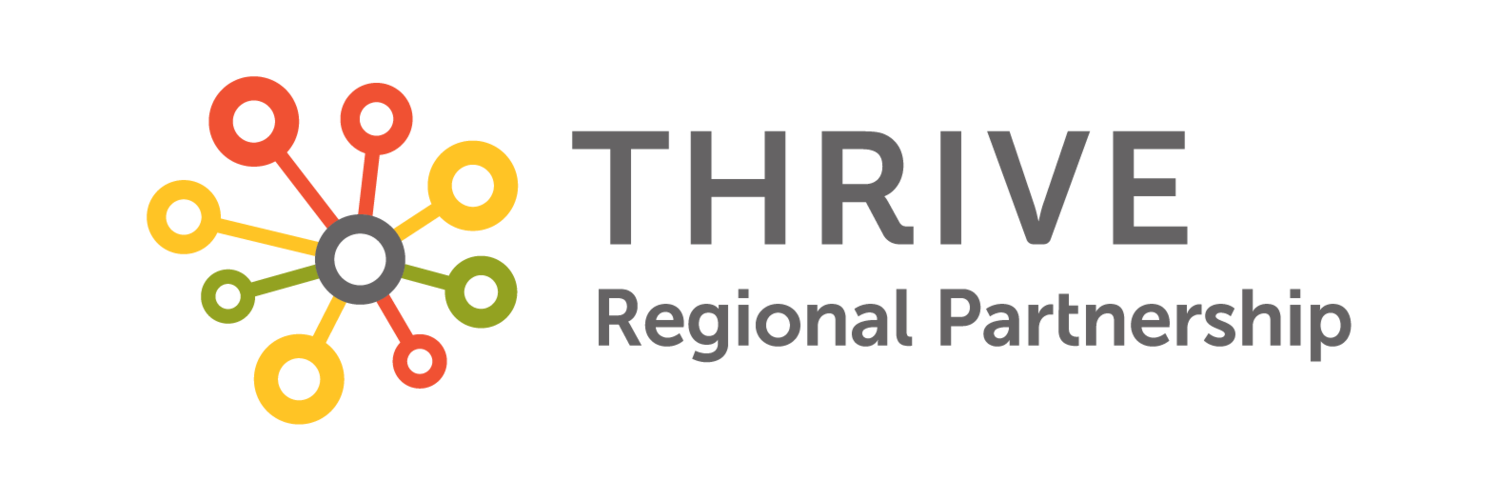How an auction will expand internet access for 10 million rural Americans.
In December, the Federal Communications Commission (FCC) announced that across the United States there would be an increase in high-speed Internet access for rural Americans. This is due to the Rural Digital Opportunity Fund Phase I auction. We want to take some time to understand and share how this process worked, and how it will impact rural communities across the countries.
As a result of this auction, over 5.2 million homes and businesses that were previously unserved will now be able to get internet access. To top that off, 99.7% of those will be receiving broadband that is 100/20 Mbps, with around 85% receiving gigabit-speed broadband!
In simple terms, this means that over the next 10 years, 5.2 million homes and businesses will receive high-speed internet from 180 companies, or “bidders,” that won auction support. These providers included cable operators, electric cooperatives, incumbent telephone companies, satellite companies, and fixed wireless providers, all of which have been tapped to disperse broadband access.
So what does a broadband “auction” look like? Essentially, bidders (broadband providers) indicated in a multi-round clock auction whether or not they would commit to providing broadband services to an area at a given performance level and latency, which is the time it takes for data to get to its destination. A clock auction is when bidder-specific prices - in this case, broadband providers’ costs for the internet to rural Americans - would decrease over the course of the auction, like the ticking down of a clock or stopwatch. So a provider would be able to choose at what cost level they would be willing to or able to address the broadband deficiency to a community at a certain price.
There was also a reverse auction that was structured by the FCC to yield savings and competitive bidding among providers. This means that 300 providers allocated over $9 billion to support the Phase I auction.
The FCC Chairman Ajit Pai said that this auction “brings welcome news to millions of unconnected rural Americans who for too long have been on the wrong side of the digital divide.” These rural homes and businesses will now “gain access to high-speed, high-quality broadband service.”
When discussing the structure of the Phase I auction, Pai said it was structured to be “technologically neutral and prioritize bids for high-speed, low-latency offerings” with a goal of the “maximum leverage of taxpayer dollars and for networks that would meet consumers’ increasing broadband needs.”
The pandemic shone a spotlight in 2020 on the digital divide and equity, as we discussed on our blog in August 2020. We are hopeful that this auction will enable more rural Americans to have access to the internet speeds needed to succeed at home and in business! For a map of Phase I results, check out the FCC website.

